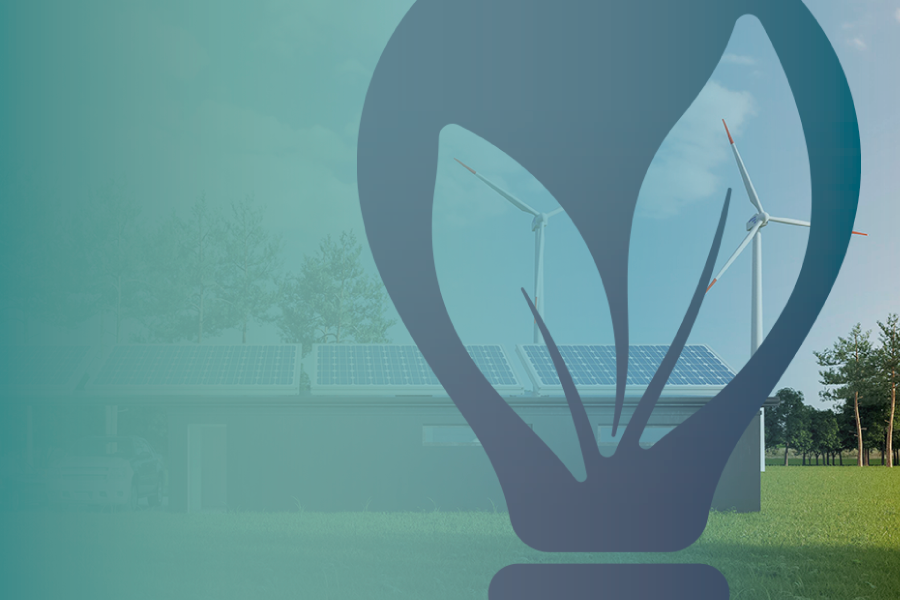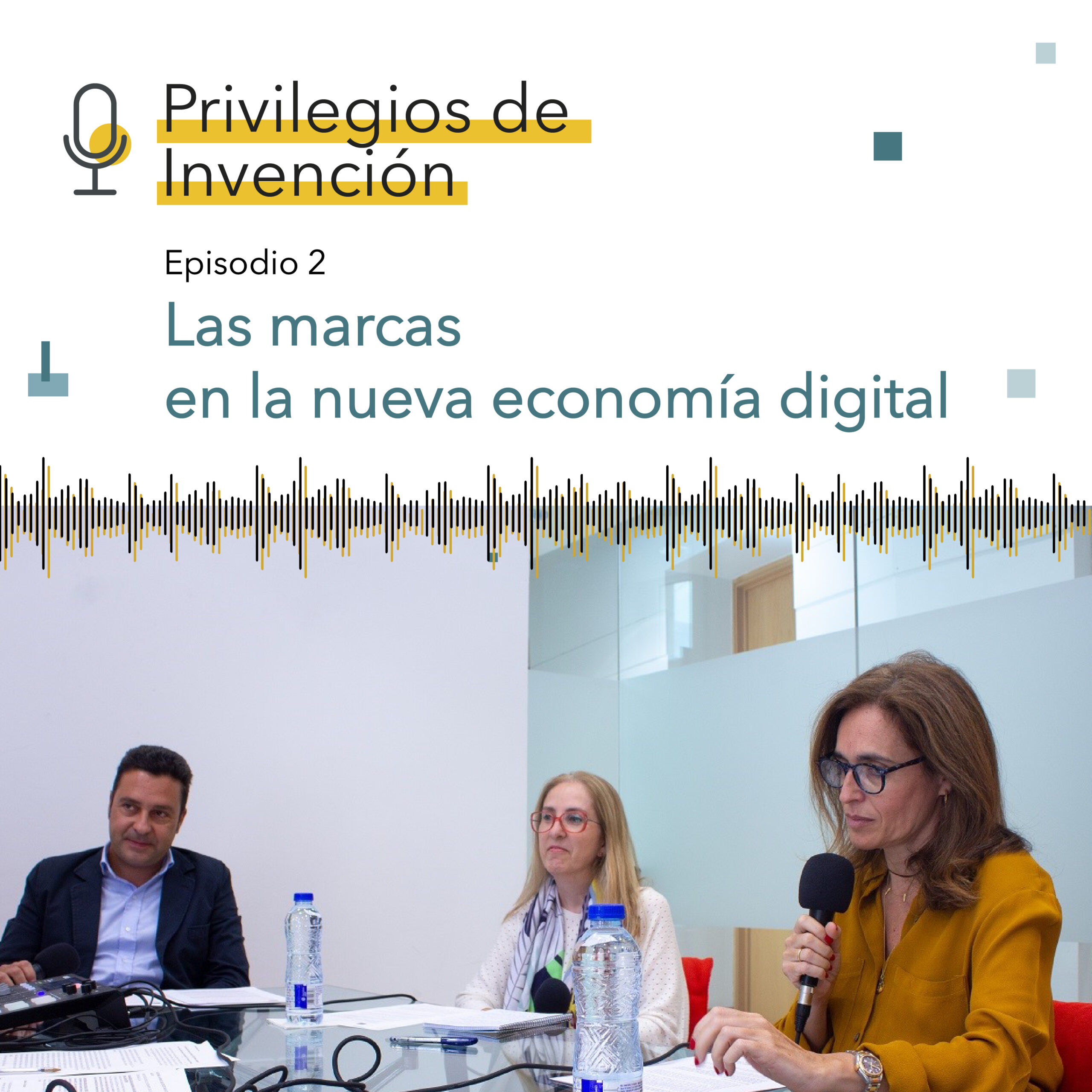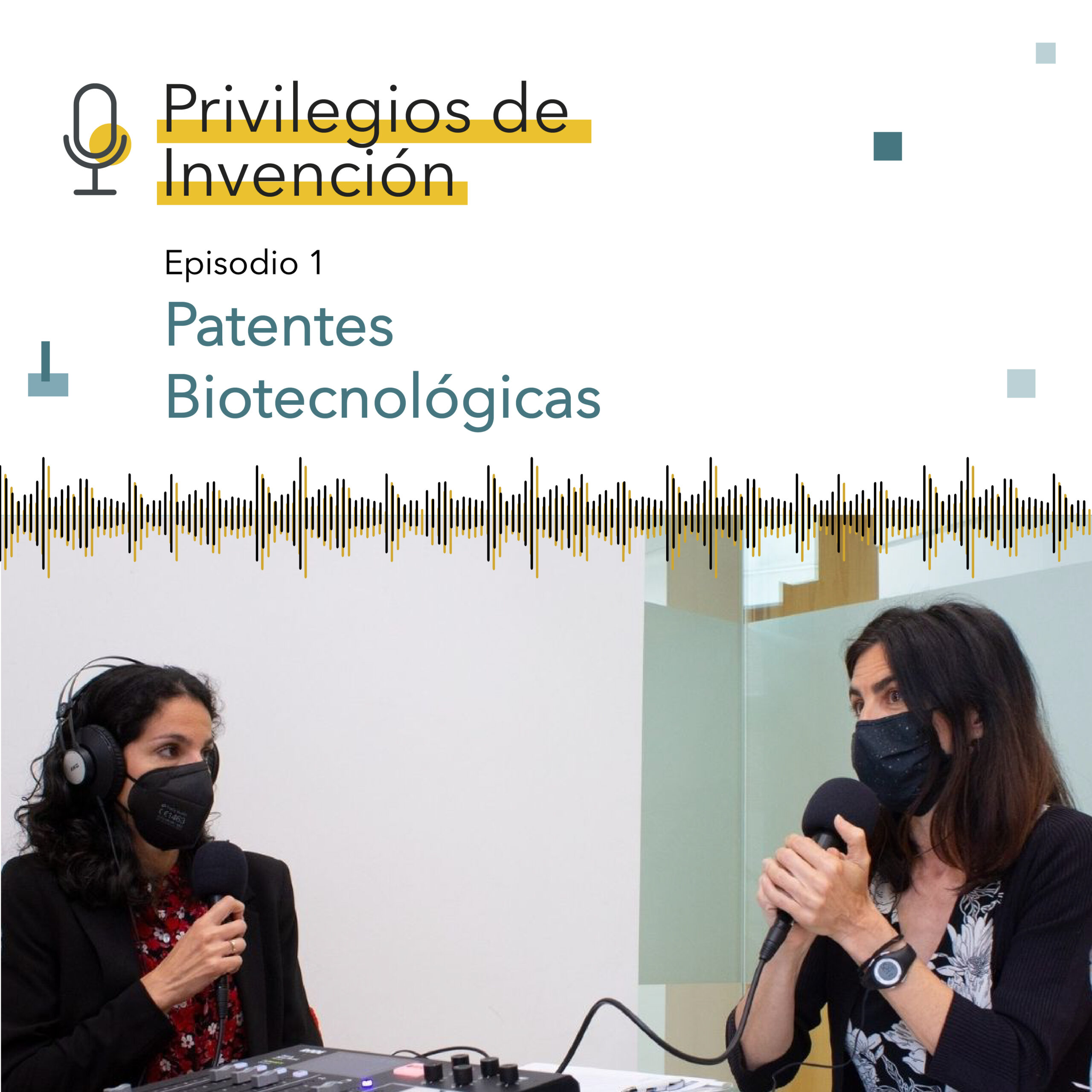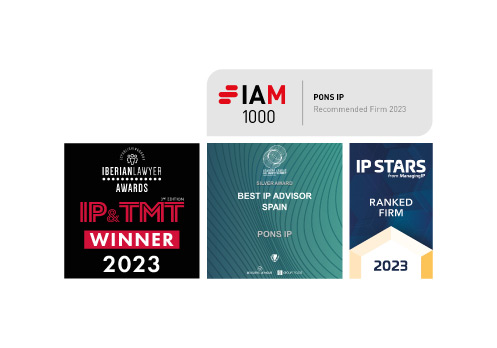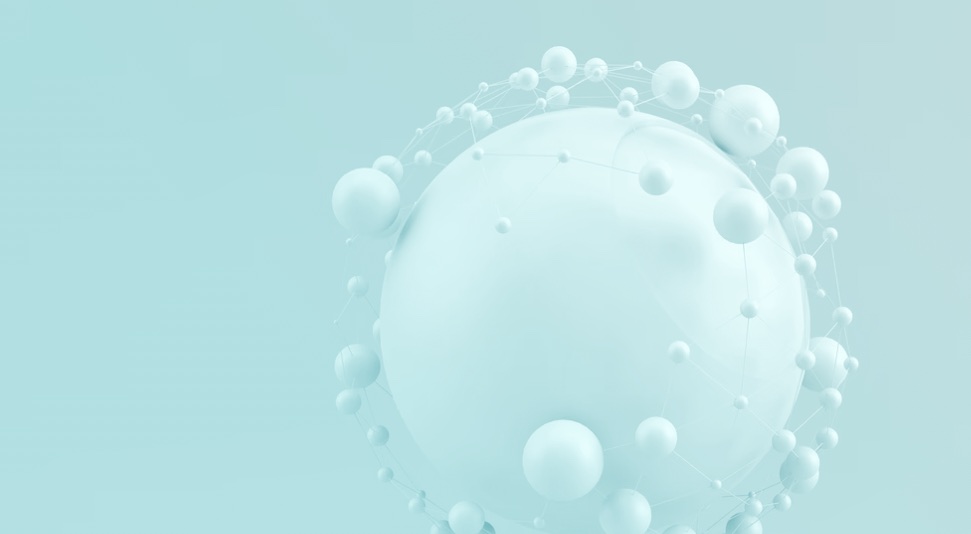We cannot say that the term “Green Legislation” is a legal concept or a widely known legal-academic term. Nor is it, however, a term from which we cannot infer its content or focus by simply extrapolating from the meaning given to the word “green” in different fields such as academia, philosophy, politics and industry. Thus, you have probably already related the term to laws and regulations that primarily focus on or aim for the protection and conservation of the environment and natural resources.
In many countries there are laws and regulations that focus on environmental issues, such as waste management, biodiversity conservation, air and water quality, climate change, renewable energies, ecosystem protection and environmentally sustainable development, among others. As can be seen, these laws and regulations can cover aspects such as reducing pollution, promoting renewable energy sources, regulating industrial activities and promoting sustainable practices.
“Green Legislation”, therefore, includes a wide range of legal frameworks to contain and mitigate the deterioration of our planet and its resources, and to mitigate the negative impacts of human activities on the ecosystem.
As these legal frameworks intend to limit the actions of industries and people, so that in their industrial [1], commercial and even consumer [2] activities, their interests do not exceed (further) reasonable limits to conserve, preserve and relieve pressure on the environment, these people, but mainly the major players in the different industries, are forced to find solutions, often times technological solutions (although they do not always have to be) to maintain their productivity levels and/or simply to continue to operate/live, but now under limitations or incentives imposed by “green” regulations.
This is how we arrive at Intellectual Property; the limits and/or incentives imposed by “Green Legislation” pushes mainly the participants in the different industries to look for alternatives and develop ways to maintain their productivity, to access the incentives that the different regulatory frameworks can offer and ultimately, to comply with the rules that allow them to remain operational within a framework of legality that takes care of the environment.
Through the Intellectual Property system, those who develop new ways of being efficient within such a legal framework can benefit not only by maintaining their efficiency or accessing the different incentives that may be offered by law, but also by transferring their technological solutions to third parties. Specifically, we are talking about having your solutions protected by patents, utility models, trade secrets, plant varieties and any other concept within the Intellectual Property system and being able to market them. One example would be through licensing agreements or any other type of knowledge transfer agreement that involves a licence or assignment of a technology or a solution designed to comply with the regulatory framework imposed by “Green Legislation”.
As can be seen, “Green Legislation” and Intellectual Property are closely tied; one feeds the other. For example, if the regulatory framework limits the number of emissions that an industry can produce in the framework of its industrial and economic activity, knowledge will surely be applied for that industry to develop better machines, processes, materials, etc., to ensure that the industry complies with the emissions limitation, but also to maintain or increase production, profitability and, ultimately, efficiency.
“Green Legislation” has driven innovation in technological and non-technological solutions. It has encouraged the development of patents related to renewable energies, resource conservation methods, waste management, biodegradable materials (among others); it has encouraged technology transfer between countries to adopt solutions at a regional or global level; it has encouraged the creation of literary and audiovisual educational material on environmental issues and allowed and facilitated its dissemination; it has driven the creation of products and services that follow environmental standards and forms of labelling (Ecolabels) [3] that indicate this with a fair degree of certainty and ease of identification for consumers (brands).
In short, “Green legislation” has promoted and encouraged innovation and Intellectual Property and its protection system has allowed technological advances and breakthroughs in other fields of knowledge to continue to exist, resulting in solutions and/or aid to take better care of the environment and the relieve pressure from the damage it has suffered until now due to industrial activity and human consumption.
Below we have listed a few examples of technological solutions related to “Green Legislation” that we are sure to be familiar with:
- Solar Panels
- Carbon Dioxide Capture Technologies
- 3. Electric and Hydrogen Vehicles [4]
- Water Desalination Technologies
- Biodegradable and Compostable Materials
Also, below are some examples of ecolabelling to consider (https://www.ecolabelindex.com/):
- Energy Star: An international programme that certifies electronic products and appliances that meet energy efficiency standards, helping consumers choose energy-saving products.
- EU Ecolabel: Also known as “EU Flower”, this European ecolabelling certifies products and services that meet specific ecological and performance criteria.
- Forest Stewardship Council (FSC): This seal applies to wood and paper products that come from responsible and sustainable sources, helping to prevent deforestation and promoting sustainable forest management.
- Rainforest Alliance Certified: This seal is found on products that meet sustainability standards in areas such as agriculture, forestry and tourism, supporting biodiversity conservation and the improvement of living conditions in local communities.
- USDA Organic: This seal is used on organic foods in the United States that meet rigorous standards for growing without the use of synthetic pesticides and chemical fertilisers.
- Fair Trade: This labelling indicates that a product has been produced according to standards that seek to ensure fair conditions for producers and workers, especially in developing countries.
- Carbon Trust Standard: This mark is used on products that have been certified by the Carbon Trust organisation as having measured and reduced their carbon emissions.
- Leaping Bunny: This logo certifies that a product has not been tested on animals, which promotes ethics in cosmetic and personal care production.
- Blue Angel: This German seal is found on products and services that meet high environmental and health standards, covering areas such as consumer products, technology and services.
- Global Organic Textile Standard (GOTS): This seal is found on textiles and clothing that meet ecological and socially responsible processing and production standards.
Therefore, if you are a business owner who has adapted to the requirements that are or are perceived to be imposed with “green” regulations and want to make the most of it, as well as help to improve our life on this planet, please contact us. We would be delighted to be your partner in the process of identification, protection, transfer and marketing of your solutions. For us, as Intellectual Property consultants, it is a great satisfaction to be part of the circle of innovation and progress.
Juan Camilo Amaya Álvarez
Assistant Director of PONS IP Colombia
[1] https://ec.europa.eu/commission/presscorner/detail/en/qanda_21_3661
[2] https://obtienearchivo.bcn.cl/obtienearchivo?id=repositorio/10221/33190/1/La_politica_de_reciclaje_en_Corea.pdf
[3] https://www.miteco.gob.es/es/calidad-y-evaluacion-ambiental/temas/etiqueta-ecologica-de-la-union-europea.html
[4] https://www.motor.com.co/industria/Definitivo-Europa-prohibe-los-autos-de-combustion-a-partir-de-2035-20221104-0012.html
